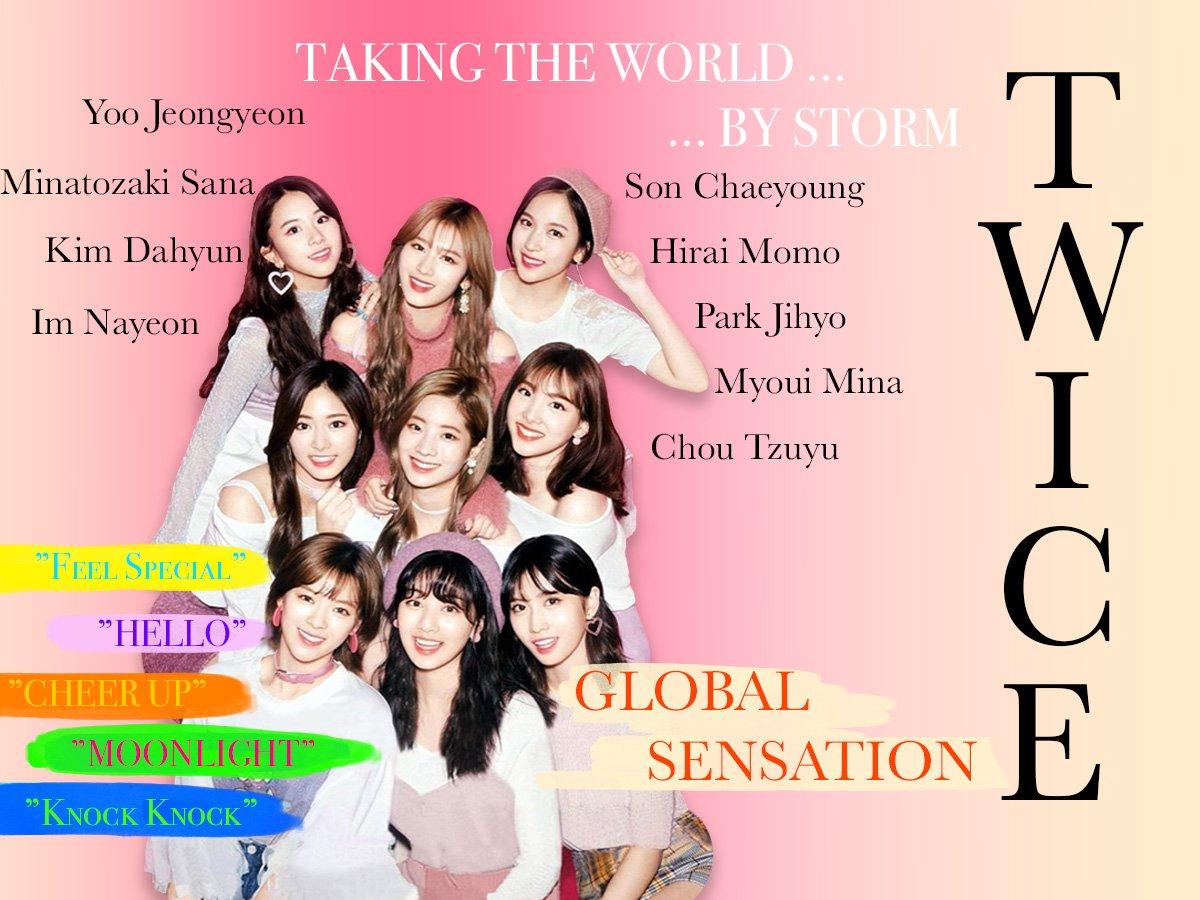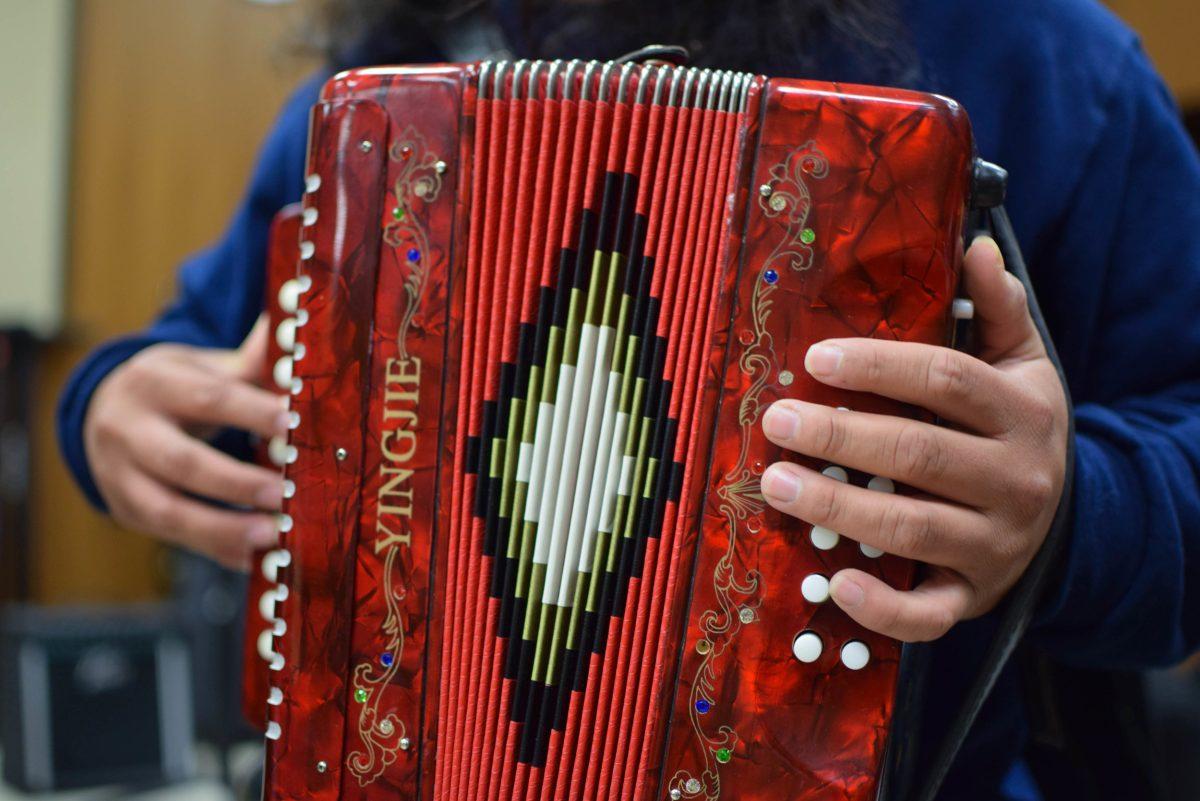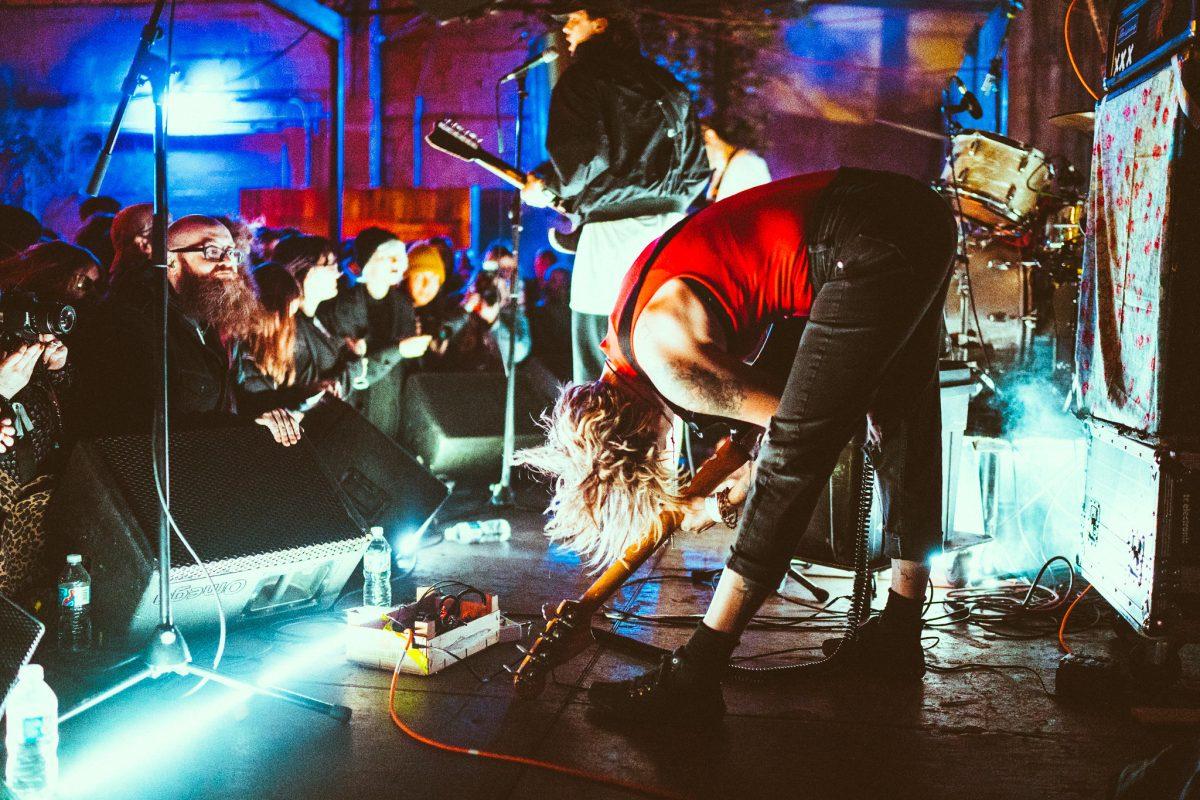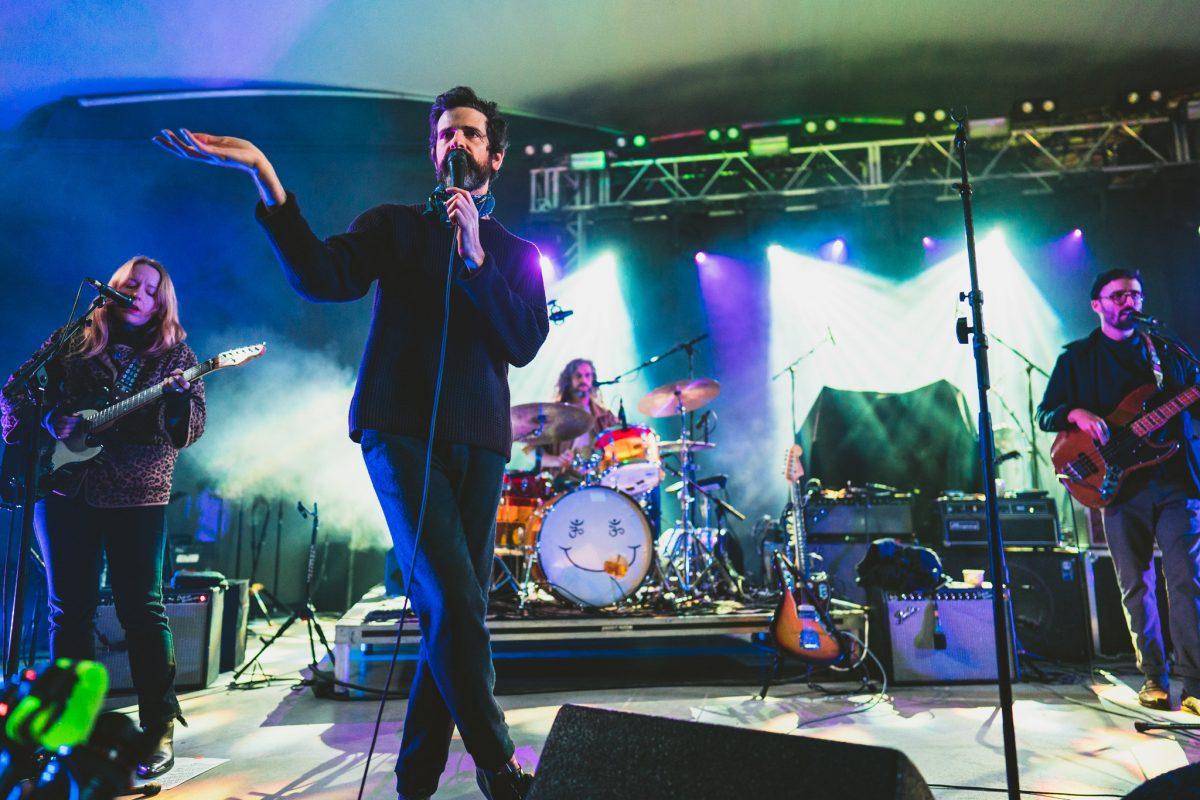By Megan Schaefer
For years music has touched people in ways that even science can’t truly understand and yet, the area of music therapy is still misunderstood and not widely respected as a “true form” of treatment.
The Center for Music Therapy in Austin, opened in 1990 by Hope Young, a music therapist, is the first for-profit music therapy center in the world. Three full- time employees: Young, Emily Morris, another licensed music therapist and Emma Lake, who serves as the clinical and administrative assistant; Morris works with patients individually, while Lake conducts most of the group therapy sessions. Patients range in ages from children to people in their ‘90s.
Young, who says that she has been practicing music therapy for over 20 years, graduated with a degree in music therapy from the University of the Pacific in 1989. She chose to come to Austin to fulfill a six month internship requirement working with the Travis State School. “Ever since I was a child, I was fascinated by the effect that music has on us,” Young says. “I knew that when I grew up I wanted to incorporate music in some way to help people and when I became aware with music therapy, I knew that eventually I had to open a center for music therapy.”
Most music therapists travel to their needed destination, whether its schools, hospice or hospitals, but Young wanted a center where people could gather and create a community atmosphere.
According to the Center’s website, music therapy helps achieve non-music results in rehabilitation, health, medical, education, or psychiatric facilities. The idea of music therapy has been around for centuries and formally became a profession in the 20th century. After World War I and World War II, musicians began traveling to Veteran Hospitals and performed for both physical and emotional trauma patients. At the time, patients’ positive responses to the music were unexplainable, but led doctors and nurses to allow musicians to come more frequently to play for veterans. By 1932, music therapy became an official major at some universities. Today, there are 5,000 licensed music therapists in the U.S.
The center treats patients with a wide array of needs that range from diseases to permanent disorders for people who have been in severe accidents. “The people that we work with may have behavioral, emotional, physical or mental disorders or needs,” Lake says. “We have worked with people who have had cancer, speech impediments, Parkinson’s, anxiety, depression, sleeping disorders, brain damage and many more conditions.”
In therapy, Young and Morris use the Iso Principle to assess their patients’ needs and to earn their trust, which creates a means of communication between the patient and the therapist, stating that the mood of the music should match that of the patient. For example, if a patient is mad or depressed a upbeat, happy song isn’t played because this lessens the chances of the patient identifying to the music and not reacting to it.
Music therapy is intended to be in addition to traditional medicine like physical therapy or seeing a chiropractor, says Young and Morris. Music therapists are not licensed to prescribe medicine, but work closely with many of their patients’ doctors. Young and her team offer individual and group therapy, the most popular because of its social aspect and smaller price tag. For $65 per month, patients have access to an assortment of classes offered such as Tai Chi and an hour of singing.
Similar to that of a gym membership, exercise is an important component in therapy because of its obvious positive effects and the many Parkinson patients at the center. The deterioration and lessening of the muscles and requires excess exercising. Music helps the time go by faster when exercising and even when you are singing you are working your muscles.
“The Center gives us something to do and an outlet to meet other people, who have some of the same circumstances we have,” says Jim Perkins, a caretaker for his wife Julianne, who has Parkinson’s. “We understand that this disease won’t go away, but by using different outlets such as music therapy, we can at least prolong Julianne’s life and abilities.”
Jim and Julianne started coming to the center in August 2012 when they were referred by Julianne’s neurologist. The center has earned trust and respect by many local doctors who have seen firsthand the positive outcomes that music therapy produces.
Mary Jo Hernandez, who has Parkinson’s and has been coming to the center for years, has gone beyond just being a patient and helps as a volunteer. Currently, she is helping expand the center’s lumosity program. The program is a variety of brain games that help patients sharpen and improve memory, as well as improving attention spans. “The center has allowed me to stay active and social,” Hernandez says. “They are also willing and happy to let me become involved in coordinating and introducing new activities, which is fun and keeps me busy.”
For their 25th anniversary, Young and her colleagues are planning an event called ‘Song of Strength’ that would start the weekend of South by Southwest in March and end in October during Austin City Limits. Each month artists (professional and non-professional) would write songs about people that showed great strength or inspired them. The songs would then be posted on YouTube and allow viewers to interact and vote on their favorites. At the end of the event they want to have a walk to increase music therapy knowledge and money for their patients. “Magical stuff happens here,” Morris says. “If only we could show people what we have done and witnesses, then there would be no question of whether music therapy works or not; people would take it seriously.”














































Helena • Oct 15, 2020 at 12:49 pm
Music is therefore an excellent therapy. A touch of music in one’s life makes a really big difference. https://ravvast.com/catalog/drums/ravvast